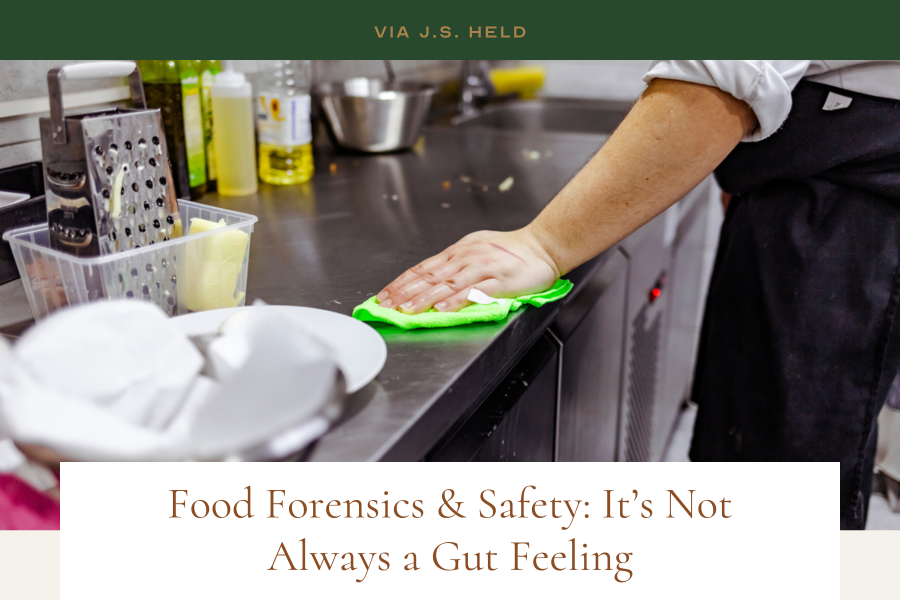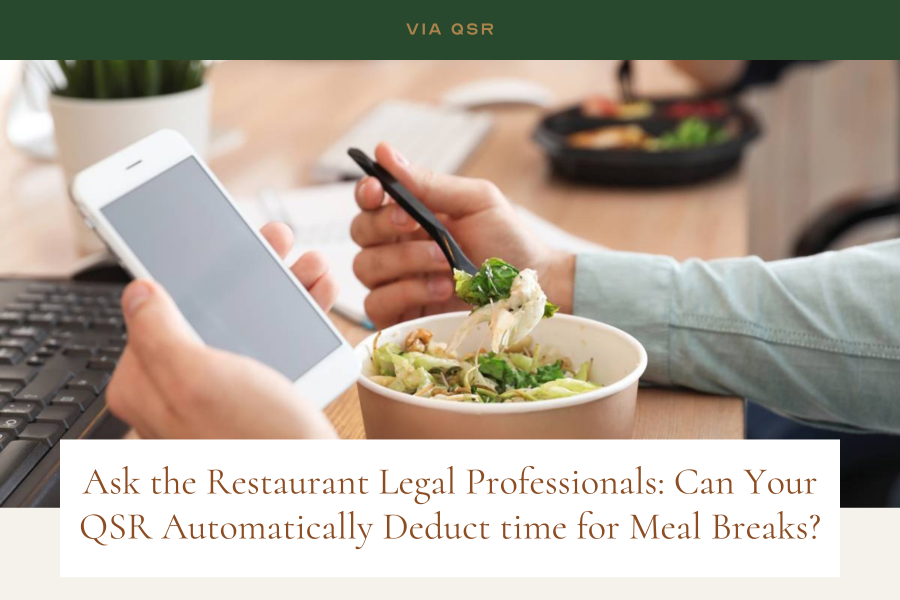 |
|
|
 |
|
|
|
Currently, there are two hundred fifty (250) known disease-causing microorganisms or pathogens, including all serovars or serotypes, that are responsible for twenty (20) percent of the reported foodborne cases. The cause of the remaining eighty (80) percent of foodborne illness cases are unknown. Additionally, physical or chemical contamination such as pesticide or debris contamination has also been associated with illness. In the U.S., the top five pathogens that cause foodborne illnesses are norovirus (58%), Salmonella (10%), Clostridium perfringens (10%), Campylobacter (9%), and Staphylococcus aureus. Salmonella infections (salmonellosis cases) are responsible for the majority of hospitalizations and the most deaths of any of the known pathogens. There are also seasonal patterns to foodborne illnesses, norovirus infections are more likely to occur in the winter, while campylobacteriosis and salmonellosis occur more often in the summer months.
For this paper, we are going to focus our discussion on foodborne illness and food contamination in the restaurant, retail, and hospitality sectors. |
| READ MORE |
 |
|
|
 |
|
Follow Our Blog
Keep up with the latest and dive into all areas of hospitality and travel news through our blog which features new articles regularly. |
|
 |
|
Purchase Hospitality Law 5th Edition
Hospitality Law: Managing Legal Issues in the Hospitality Industry is a practical approach to hospitality law. To buy a copy, click here. |
|
|
|
|
|
|
FTC takes aim at undisclosed franchising fees
July 15, 2024 via Restaurant Dive
The FTC said any determination that newly imposed or changed fees violate the law would be fact specific, but that franchisors should still review their practices to ensure they complied with the law. |
|
|
|
|
|
Alcohol Retailers Take Note: Using a Delivery Service Comes with Certain Risks
June 24, 2024 via Gray Robinson
The Centers for Disease Control and Prevention (CDC) estimates that one of every six Americans experience some form of foodborne illness a year, which is roughly 48 million people. Foodborne illnesses account for 128,000 hospitalizations in the U.S. annually. |
|
|
|
|
|
Restaurant surcharges are officially an exception to the California junk fee law
July 1, 2024 via Nation's Restaurant News
Restaurants are officially exempt from California’s SB 478 bill, the False Advertising Law, which bans businesses from charging hidden fees that are not included in the initial price given to customers. Calif. Gov. Gavin Newsom signed the exemption, SB 1524, into law on Saturday, June 29 — just two days before the junk fee ban went into effect on July 1 |
|
|
|
|
|
Navigating Insurance Claims in the Hospitality Industry
July 18, 2024 via Total Food
While you can’t prevent a claim, you can be ready for it. Understanding who is involved and how to prepare for the claims process will help ensure an efficient resolution so that you can resume normal operations quickly. |
|
|
|
|
|
 |
|
|
|
With the fast pace of a quick-service restaurant, some operators have decided to implement an automated deduction into their timekeeping policies to keep track of their workers’ meal breaks more easily. Facilitated through the electronic timekeeping system, operators automatically deduct 30 minutes (or the statutory requirement for your jurisdiction) each shift an employee works that would necessitate a meal break. The idea is that this is a convenient “set-it-and-forget-it” way for operators to account for employee meal breaks and to avoid repeated timecard error adjustments when employees forget to clock out for lunch, etc. This practice sounds like a great idea, but as with anything related to wage laws, it is not so simple.
In recent years, employers have faced an uptick of “off the clock” Fair Labor Standards Act (FLSA) wage and hour collective and class lawsuits where employees have not taken a meal break and such was deducted from their paychecks. |
| READ MORE |
|
|
 |
|
|
|
|
|
|
|
|
Copyright © 2024 HospitalityLawyer.com, All rights reserved.
You are receiving this email because you opted in at HospitalityLawyer.com®
Our mailing address is:
HospitalityLawyer.com®
2651 Kipling St, Apt 1809
Houston, Texas, 77098
The articles included in this newsletter are subject to HospitalityLawyer.com's Terms Of Use. |
|
|
|
|